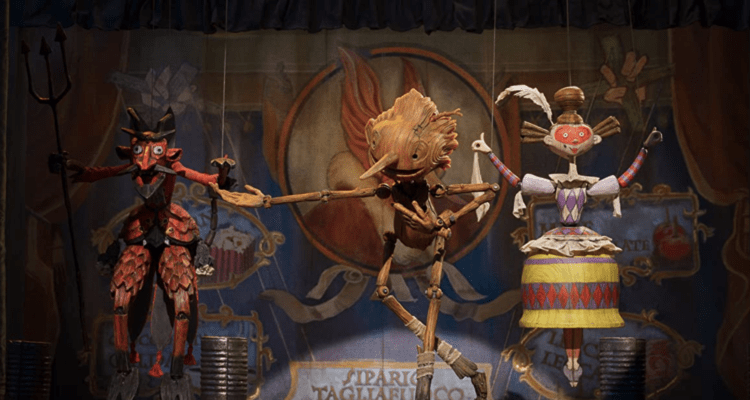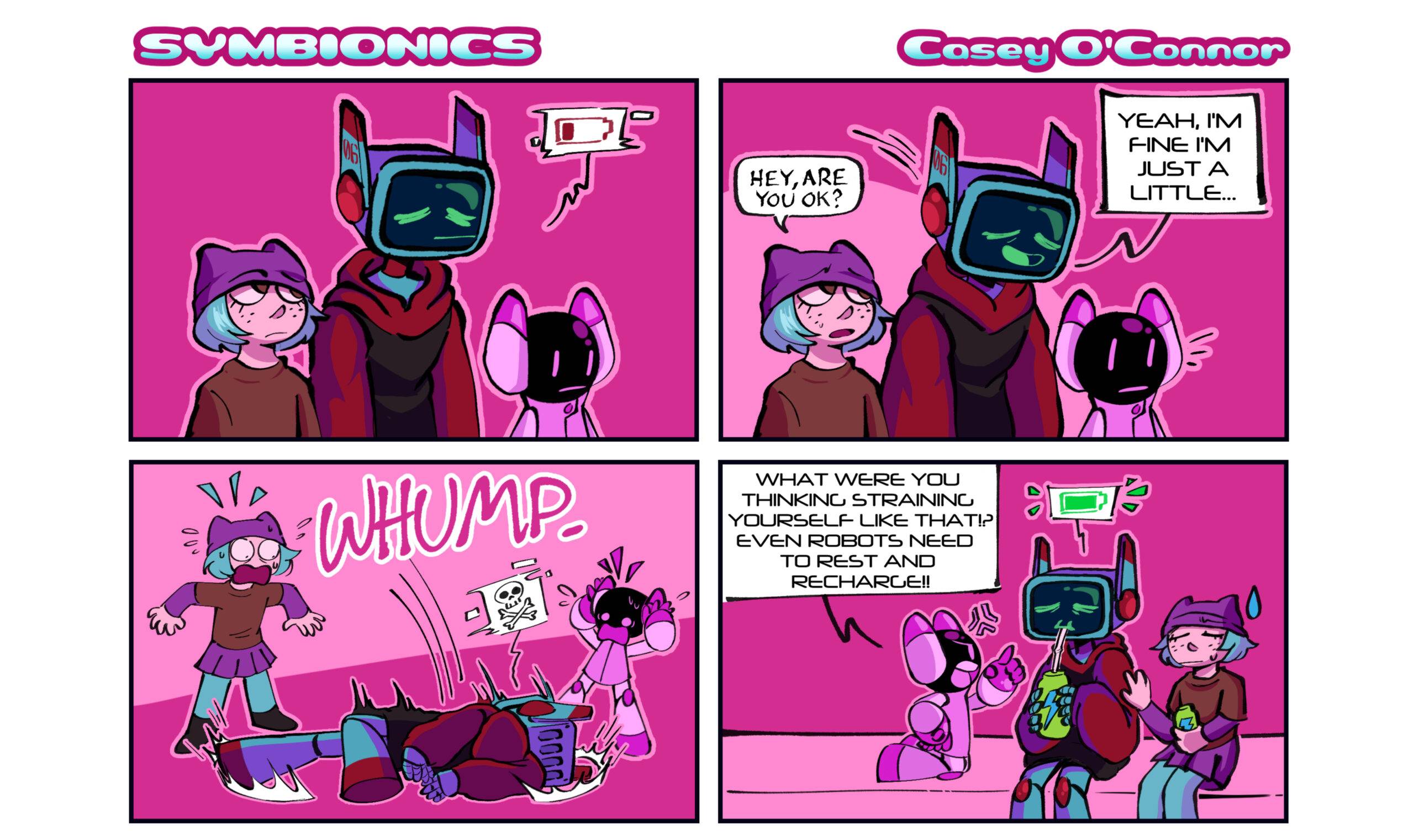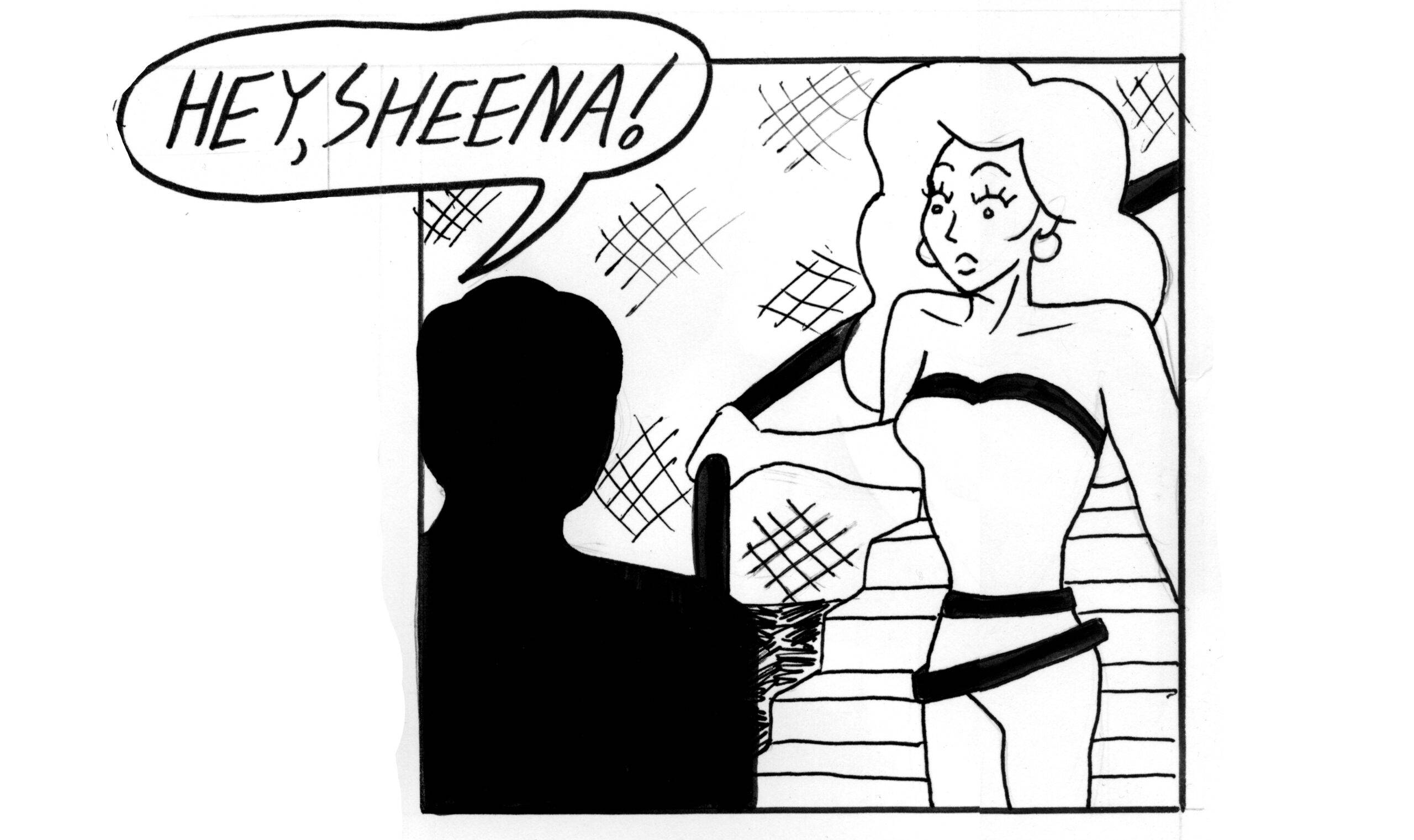
Guillermo del Toro’s latest film, a retelling of the classic story, “Pinocchio,” opens with Gepetto, the titular character’s shaper/father, making the rounds through his small town, providing its residents with all their woodcarving needs. He’s a beloved member of the community, praised for his attention to detail, his quest for perfection, and his unrelenting work ethic. It’s a fitting character to match the film’s form: stop-motion animation. Because like Gepetto, animators in stop motion work are disciplined, patient, and most importantly, passionate. You don’t move little figurines half a millimeter 500 times a day because you’re bored. You do it because you believe there is something truly special about that act, that the meticulousness will pay off, that you will have made something that looks like no other.
That’s certainly the case with this version of Pinocchio’s story, which is absolutely gorgeous, dripping in character, and immensely satisfying to see in action. Every movement is placed with intention; every backdrop is rendered with full detail. At the start of the film, almost every scene had me imagining the animators working behind the scenes, trying to figure out how they made Pinocchio leap like that, how they made the wisping snow, how they created such emotion in Gepetto’s bearded face. But quickly, those thoughts escaped my attention as I became so entranced by the film that I almost forgot it was made by hundreds of people over a thousand days. The visuals aren’t just there as proof of a work ethic, they’re transportative. Mark Gustafson, del Toro’s co-director, leads this team of top-notch animators, bringing us into “Pinocchio’s” realm of twisted circuses, of monstrous whales, of forest nymphs, and of death.
It’s the latter that makes this story so special. In the 1940 Disney version of “Pinocchio,” the scariest scene was Pinocchio’s transformation into a donkey, braying and neighing as he protested his mutation. But del Toro’s new version, set in 1930s’ Italy, is imbued with a constant sense of dread and death. There’s the literal death of Gepetto’s first son (not a spoiler; the film opens with him at his grave) and then the many deaths of Pinocchio, the puppet who can’t die. But there’s also the death of a nation, of a culture, of a kindness, lurking beneath that. In the foreground, we have the puppeteer and puppet attempting to become father and son. In the background, we have the encroachment of fascism, as Italy swells under Mussolini’s rule, a Mussolini voiced by none other than Spongebob’s own Tom Kenny. There is some comedy found in these characters, in their totalitarian delights. But no laughs outweigh the specter of oppression, of a recruitment poster plastered over an advertisement for a circus, of a bright musical number ending with Pinocchio riding an iron eagle.
This is an adaptation of the original stories of “Pinocchio” from 1883. But its time period is much closer to the release of the Disney film, which was drawn and animated while Mussolini conspired with Hitler to form the Third Reich. This may make you think the film is too “political” in its slant. But this angle lends itself so naturally to the story that it never feels like it sticks out. If anything, the elements from the original story, like the giant whale or the talking cricket, stick out more. The presence of the fascists is just an extension of the story’s existing themes of fatherhood. The nation follows the cruelty of its leaders, while Pinocchio attempts to follow the gentleness of his father.
There’s the national death, but there’s also the metaphysical death. The death of the soul, of the mortal self, and the life that springs from that. We all know Pinocchio wants to be a real boy. In the past versions, that’s been determined by his ability to grow and feel and change. Here, it’s defined by one thing: death. Because real boys, as the nymph says to Pinocchio, die. That’s what brings life meaning — Its impermanence. It’s a surprisingly mature exploration of mortality in a children’s film, but it’s also hardly surprising considering del Toro’s prior work.
There are still thorns in the woodwork. The film is in part a musical, but the musical numbers are largely unremarkable. The only two striking numbers are memorable because of how they move the plot along, not because of their inherent musicality. Numbers like Count Volpe’s “We Were A King Once” struck me as distracting and, frankly, not very appealing to listen to. The film’s pace also poses some challenges, as del Toro, Gustafson, and company try to pack in as much as they can. It’s also quite typical of del Toro’s work to race away from you, demanding you keep up. In this venture, it makes for a very arresting film when we move through the film’s four excellent montages, each of which is worth watching the entire film for. But when it slows and we enter regular action, we become unmoored, unsure of what preceded this and where we are going. Ultimately, it all builds to the film’s final montage, which I found to be incredibly rewarding and one of my favorite endings to an animated film in years, a complex ode to the lives we live and the lives we lose.
We can hew into the tree, we can break it into logs, we can smooth out the edges, we can attach the strings. But at the end of the day, we have to say goodbye. And that’s what makes the carving worth it.
Myle Yan Tay (MFAW 2023) cares a lot about movies and comic books. One day, maybe they will care about him. Find more of his writing at www.myleyantay.com.







